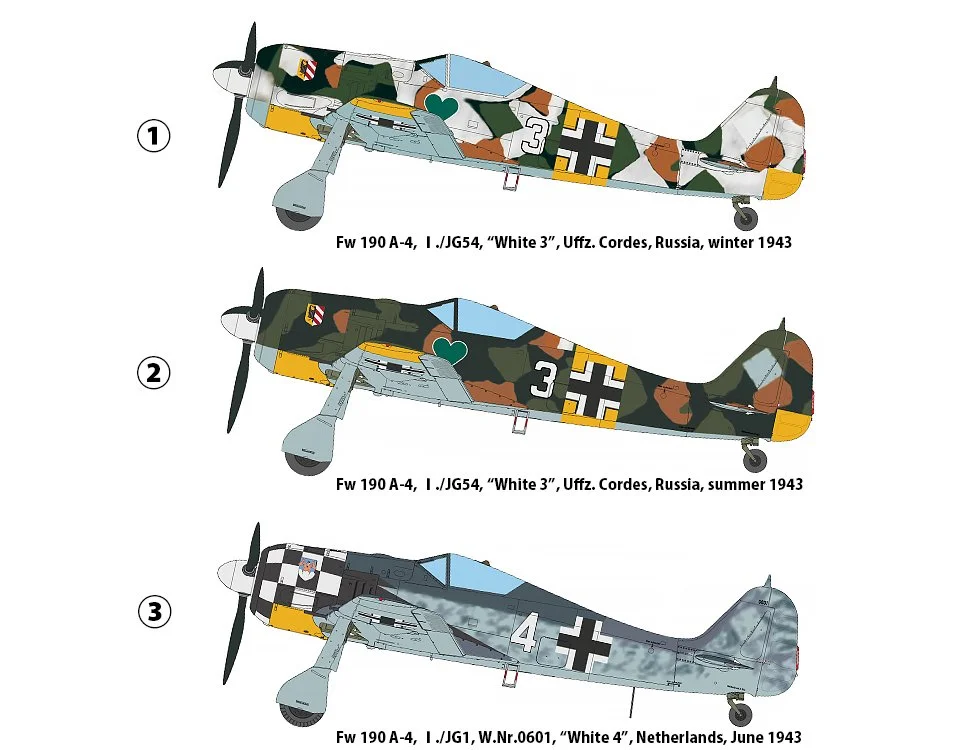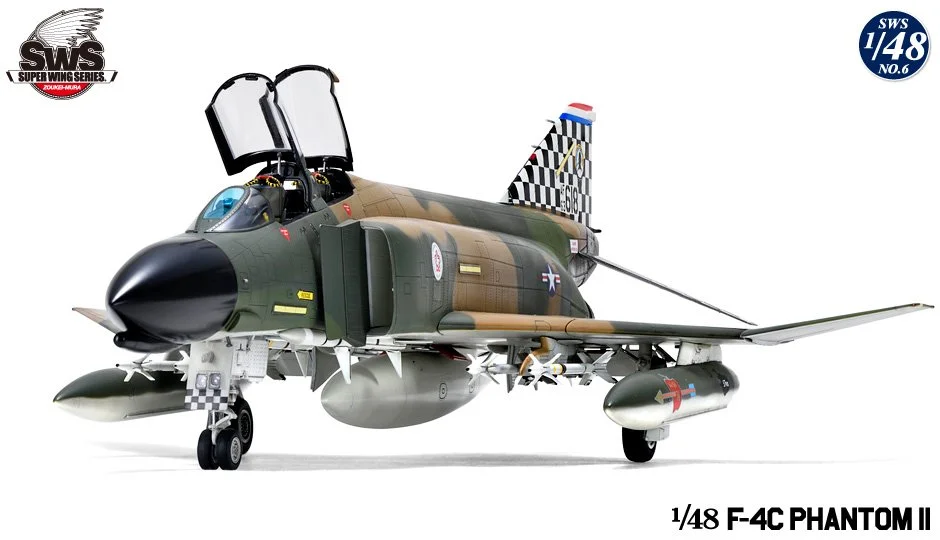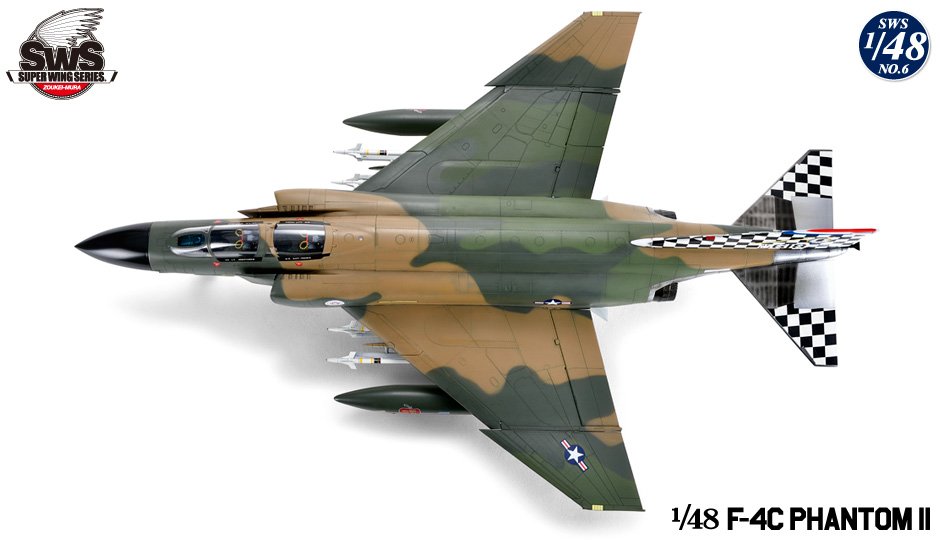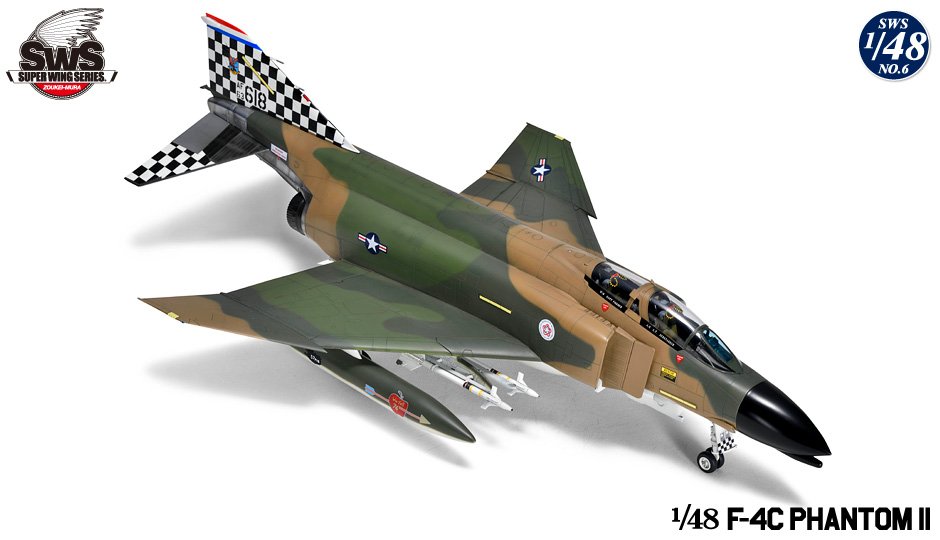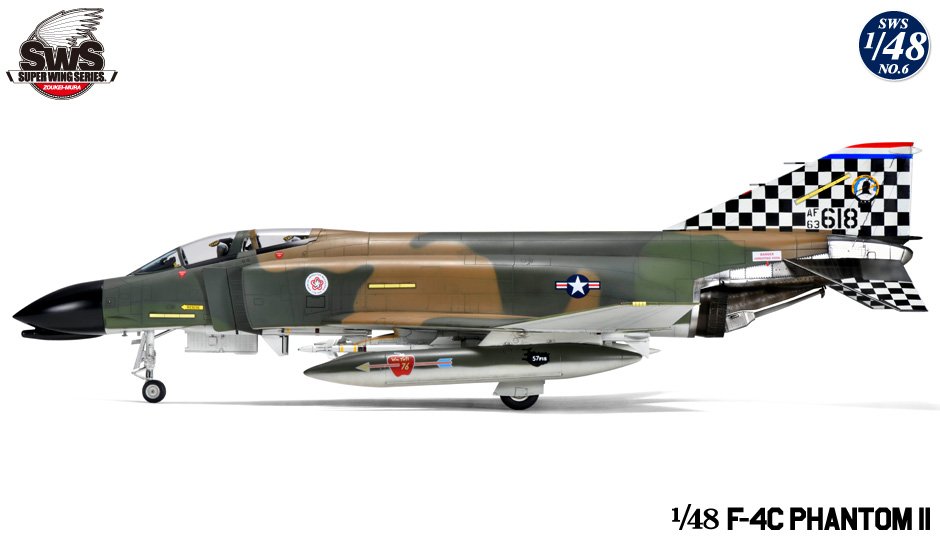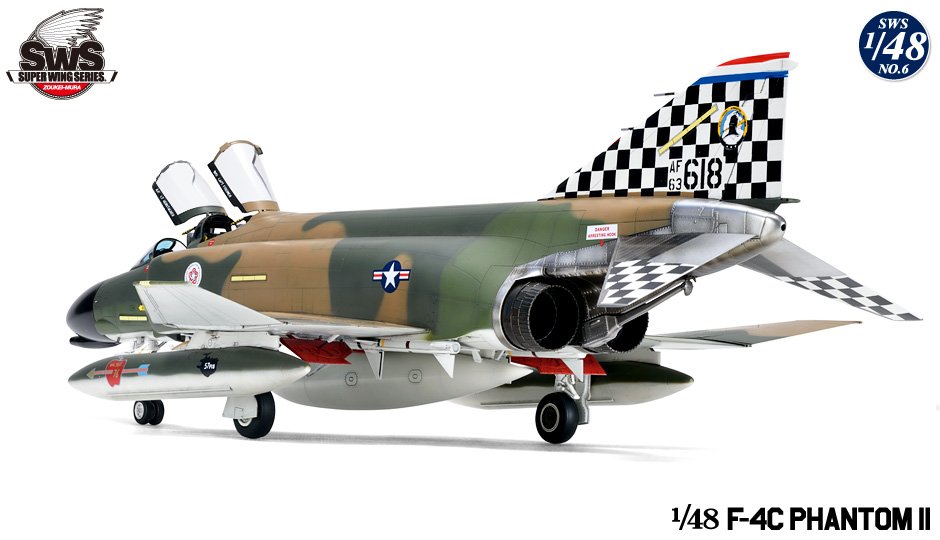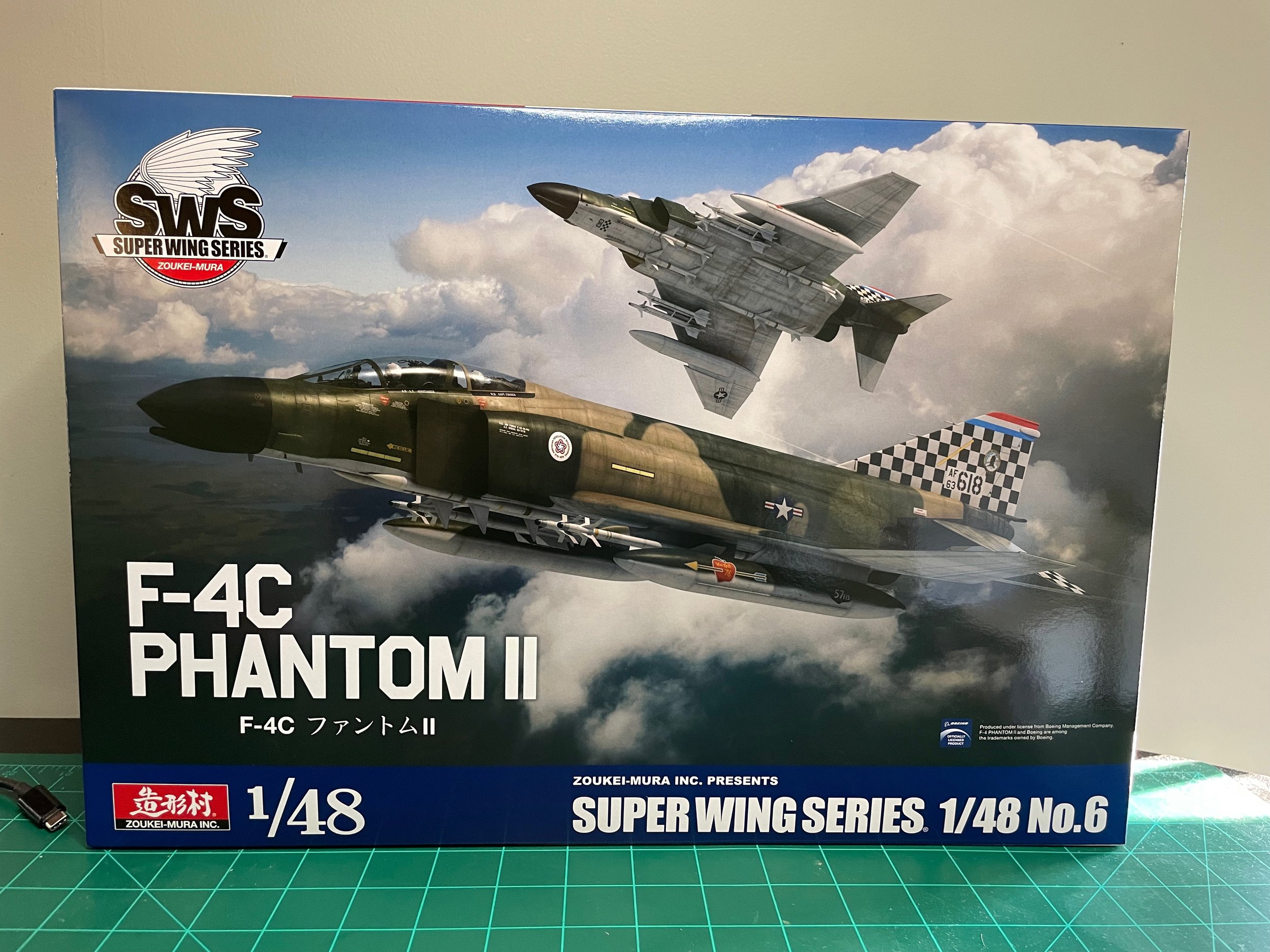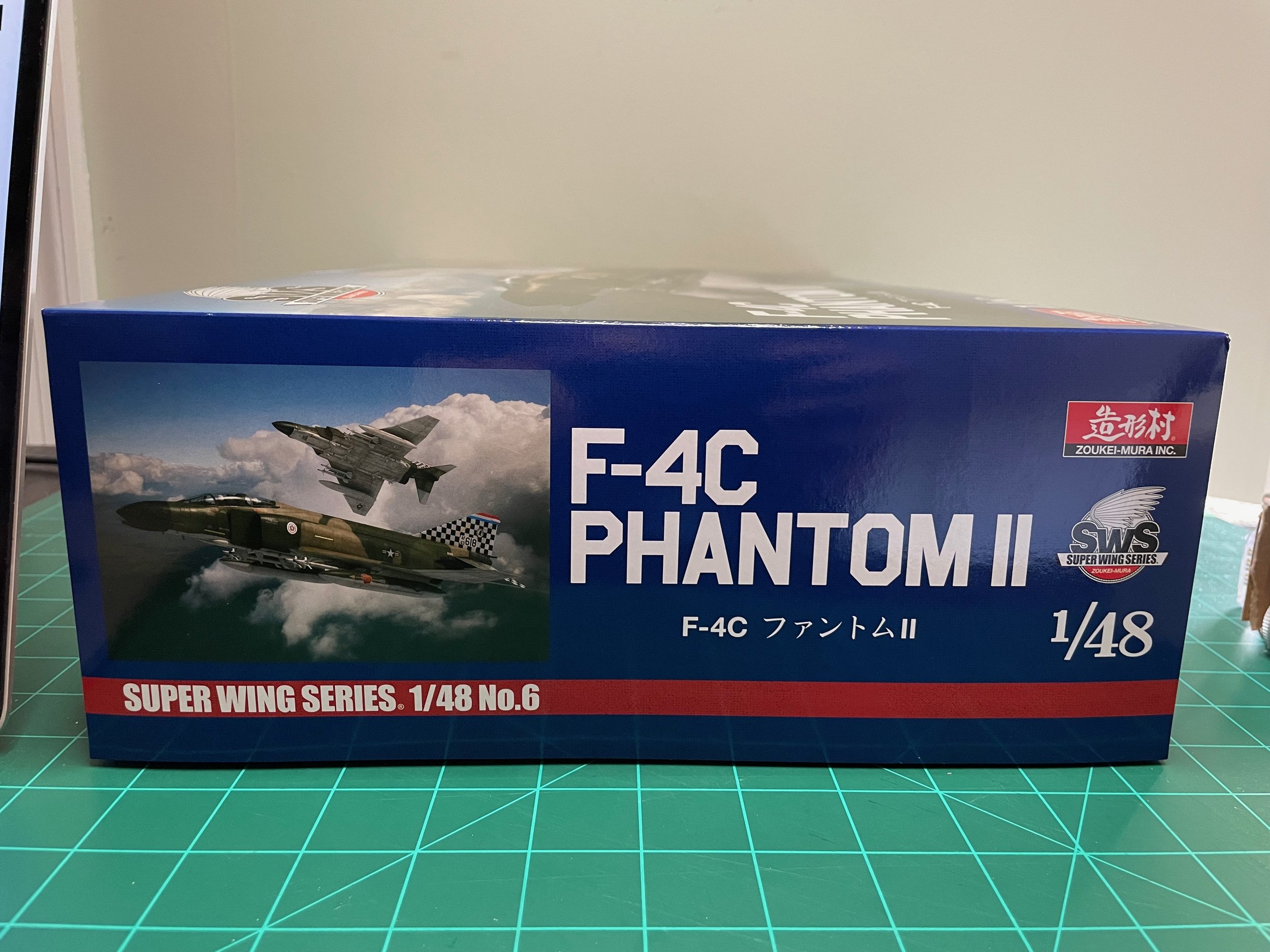“BMW 801” Engine with Kommandogerät that led to engine control for modern aircrafts
Instead of using a liquid-cooled engine, which was inefficient and often broke down, Dr. Tank sticked to a large-horsepower, robust air-cooled engine and used the BMW 801 air-cooled, double-row, 14-cylinder engine on a large-horsepower, robust air-cooled engine.
The SWS kit reproduces in detail the push-pull rods and baffle plates, as well as the ‘Kommandogerät’, a comprehensive adjustment device. Please check out the exhaust pipes with a single collective exhaust on the underside of the nose. The engine racks that are connected to the firewall through trussed struts to distribute the load to the firewall and the longeron, the main structure of the fuselage. The essence of the SWS kits is that modelers can see the structures of the aircraft and almost feel the airflow through the engine while assembling. The way the machine guns are mounted and the shape of the propeller blades, which is crucial for a reciprocating engine aircraft, are also outstanding.
The rational and functional cockpit devised by Dr. Tank
The cockpit of the Fw 190 is compact, yet each piece of equipment is neatly arranged. Having been a pilot engineer, Dr. Kurt Tank’s consideration for the pilot is evident in the well-organized and highly visible layout of the instruments. The switches and levers are rationally arranged for reliable operations.
The canopy slides on curved rails at the edge of the cockpit, so the shape changes when it is open or closed. The headrest is the type with a larger bulletproof plate, which is used in the A-4 and later models. This kit includes the canopies and headrests corresponding to the transformation. You can choose to open or close as you like. The actual aircraft has a sturdy 50mm front and 30mm side bulletproof glass. The windshield is also properly represented
Different camouflage for different battle or season. With SWS kits, you can ponder the historical background.
The kit features three variations of marking decals. The winter camouflage and the summer camouflage of Corporal Karl-Heinz Cordes’ aircraft “White 3”, which include the green heart emblem of JG54 and the black eagle emblem of I./JG54, and “White 4” with the demon of I./JG1’s squadron.
In early 1943, operating in the Leningrad/Gulf of Finland area, I./JG 54 deployed Fw 190s, which had the winter camouflage from February to March 1943, near Leningrad. The unit then moved south, eventually taking part in the Battle of Kursk (Russia) in summer 1943. It is believed that the white camouflage was changed to the summer camouflage at that time.
The SWS thoroughly reproduced the Fw 190, that was sturdy and had wide main landing gears. It served remarkably well in rough terrains in Russia.
*The kit includes the following three version decals.
■Decal No.➀
Fw 190 A-4, Ⅰ./JG54, “White 3”, Uffz. Cordes, Russia, winter 1943
■Decal No.➁
Fw 190 A-4, Ⅰ./JG54, “White 3”, Uffz. Cordes, Russia, summer 1943
■Decal No.➂
Fw 190 A-4, Ⅰ./JG1, W.Nr.0601, “White 4”, Netherlands, June 1943












